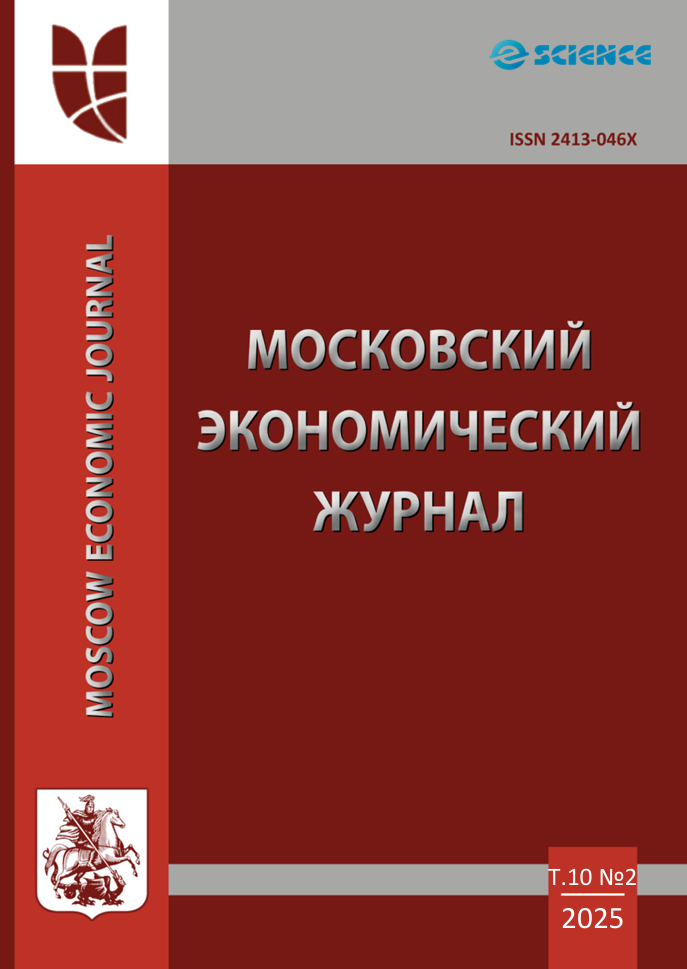Russian Federation
Russian Federation
Russian Federation
Russian Federation
UDC 332.33
At present, the Russian Federation pays increased attention to the spatial organization of economic policy (national, regional). In the framework of this study, continuing their work, the authors of the section turn to the allocation of such objects on the ground as special-purpose objects - burial sites (burials), the formation of functional-territorial zones of the cemetery, the establishment of a certain visiting regime, use, etc. on their territory. The authors consider some features of such land use, taking into account the importance of resolving the issue of inventory, cadastral activities and cadastral registration of the territories and objects under consideration, functional zones, which forms the information component of the land plots occupied by special-purpose objects - burial sites. It is noted that the problem under consideration is quite large-scale. According to the latest data, unregistered and, accordingly, not put on cadastral registration of land plots allocated for burial sites account for about 65% of the number of existing cemeteries. At the same time, various environmental standards and requirements for the permissible maximum area of such land plots are violated. As a result of the lack of cadastral registration of land plots occupied by cemeteries, they have completely dropped out of the legal field and control of local governments, which causes significant damage to the environmental and social safety of municipalities where these special real estate objects are located. According to research in Russia, about 85% of cemeteries are either ownerless or not registered, which means that they are actually illegal. The lack of information systems and established forms of reporting documentation for the registration of cemeteries has led to a complete lack of information on land plots occupied by cemeteries, and has also deprived local governments of the opportunity to manage these lands.
land use, special purpose, burial, cemetery, cultural heritage
1. Antropov D.V., Komarov S.I. Shest' storon zemlepol'zovaniya // Mezhdunarodnyy sel'skohozyaystvennyy zhurnal. 2023. № 3(393). S. 238-240. DOIhttps://doi.org/10.55186/25876740_2023_66_3_238.
2. Varlamov A.A., Gal'chenko S.A. Razvitie sistemy zemlepol'zovaniya v sovremennoy Rossii // Mezhdunarodnyy sel'skohozyaystvennyy zhurnal. 2018. № 6. S. 8-9. DOIhttps://doi.org/10.24411/2587-6740-2018-16085.
3. Varlamov A.A., Gal'chenko S.A. Reformirovanie zemlepol'zovaniya v Rossii na sovremennom etape // Moskovskiy ekonomicheskiy zhurnal. 2019. № 12. S. 31-34. DOIhttps://doi.org/10.24411/2413-046X-2019-10195.
4. Lipski S.A. Sostoyanie i ispol'zovanie zemel'nyh resursov Rossii: tendencii tekuschego desyatiletiya // Problemy prognozirovaniya. 2020. № 4(181). S. 107-115.
5. Salov, S. M. Cifrovaya fotografiya: ispol'zovanie v sudebnoy zemleustroitel'noy ekspertize / S. M. Salov, D. V. Samoylenko // Agrarnoe i zemel'noe pravo. – 2019. – № 4(172). – S. 113-117.
6. Samoylenko, D. V. Analiz sovremennogo sostoyaniya ekspertnoy deyatel'nosti, osuschestvlyaemoy s primeneniem znaniy iz oblasti zemleustroystva i kadastrov / D. V. Samoylenko // International Agricultural Journal. – 2024. – T. 67, № 3. – DOIhttps://doi.org/10.55186/25876740_2024_8_3_22.
7. Hlystun V.N., Volkov S.N., Komov N.V. Upravlenie zemel'nymi resursami v Rossii // Ekonomika sel'skohozyaystvennyh i pererabatyvayuschih predpriyatiy. 2014. № 2. S.41-43.











